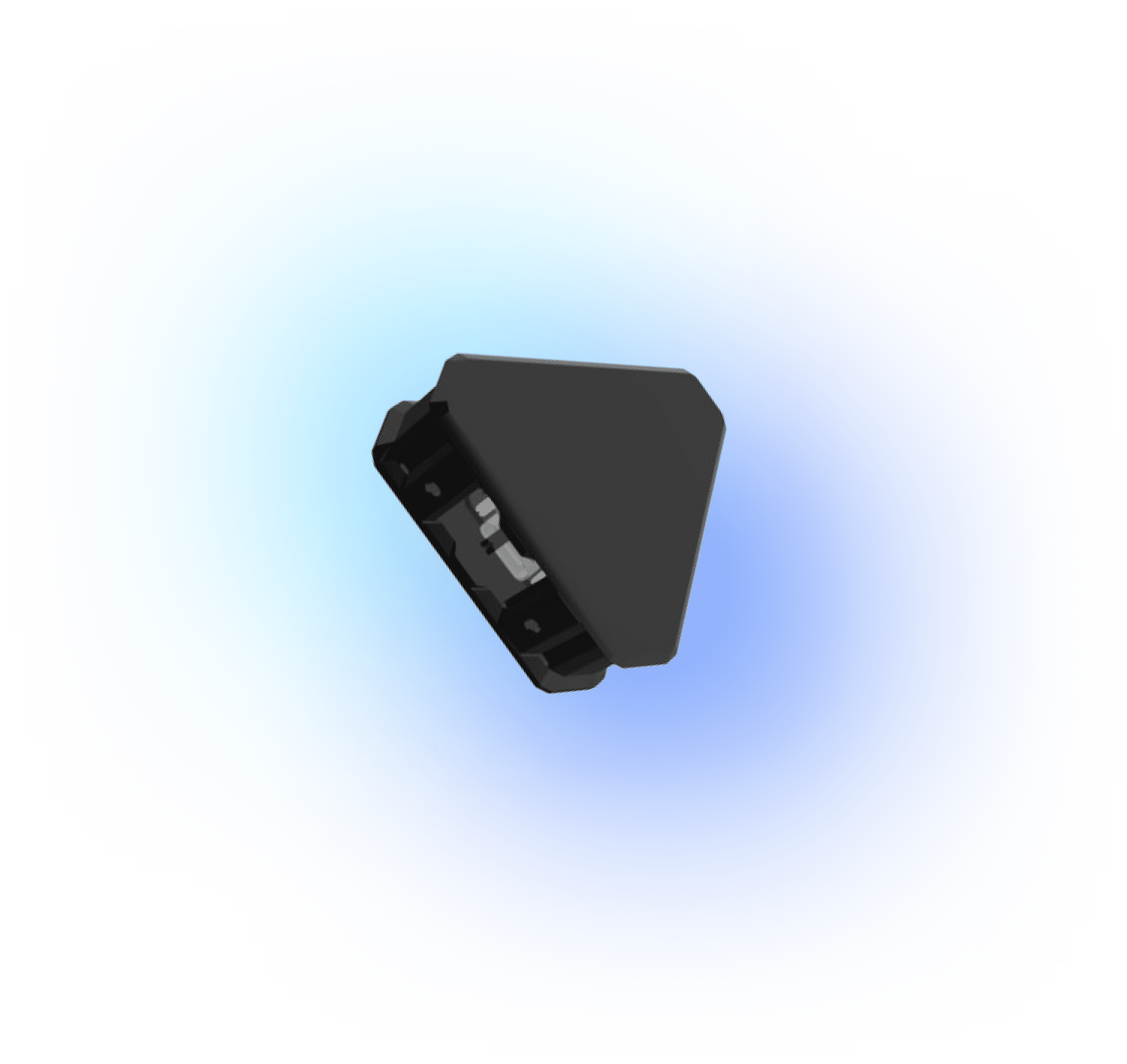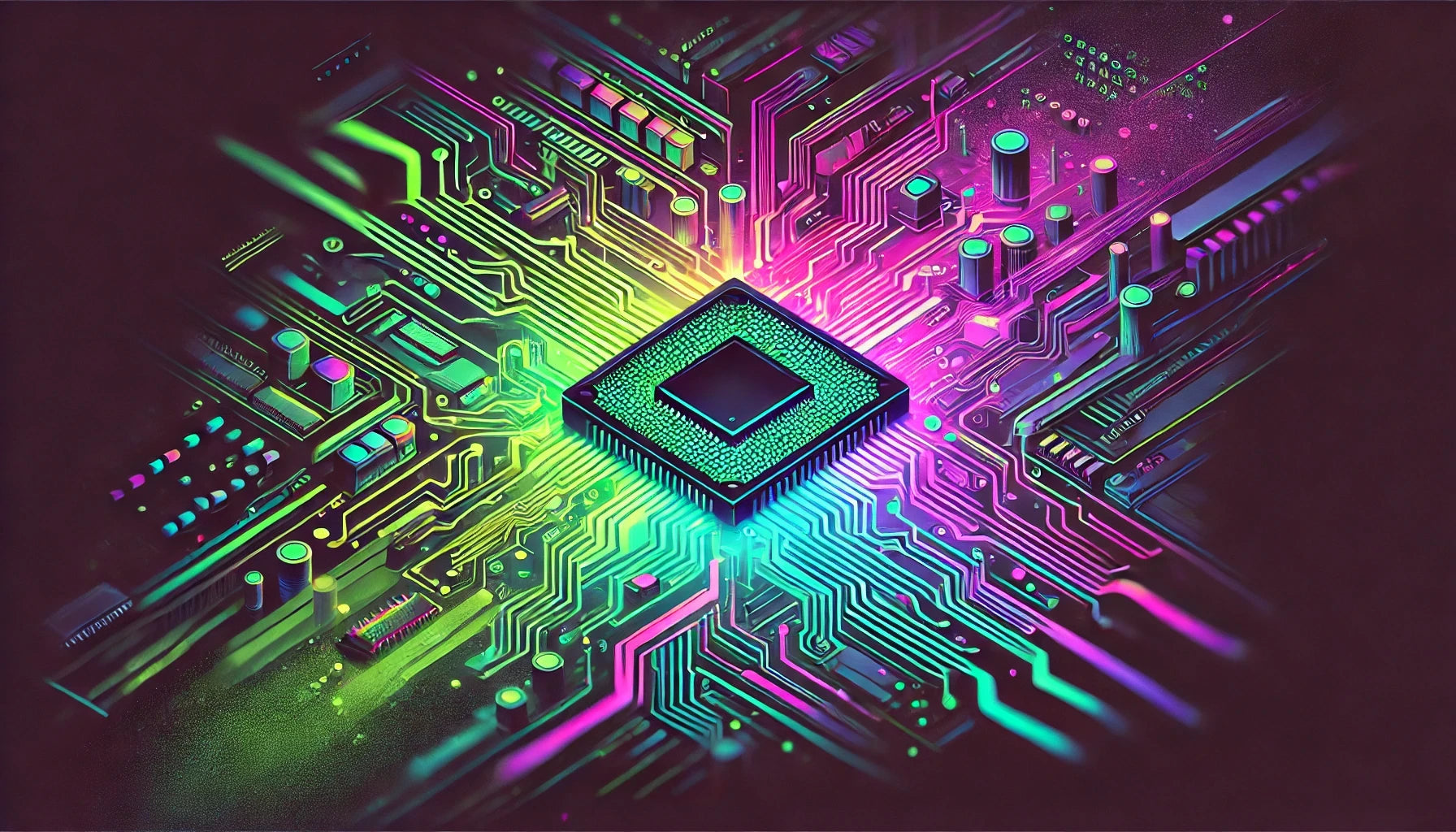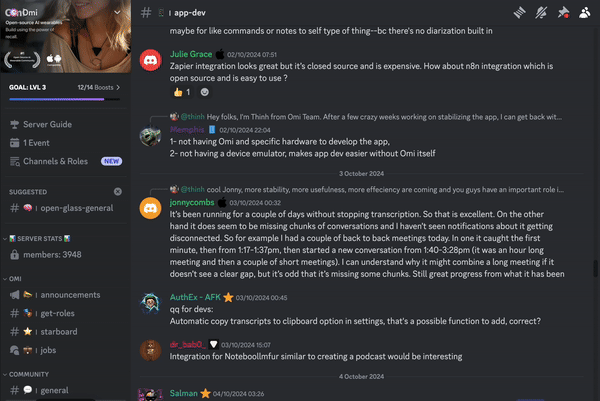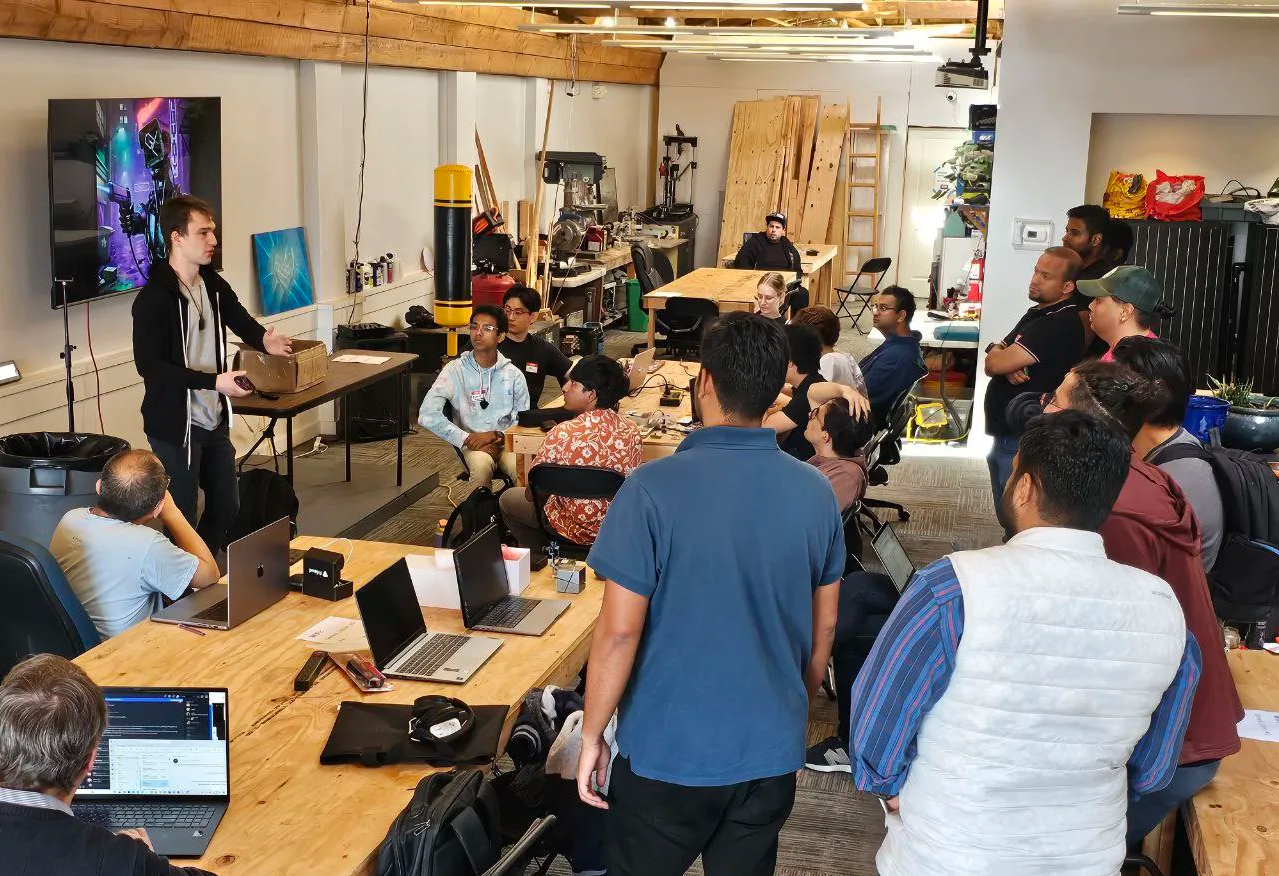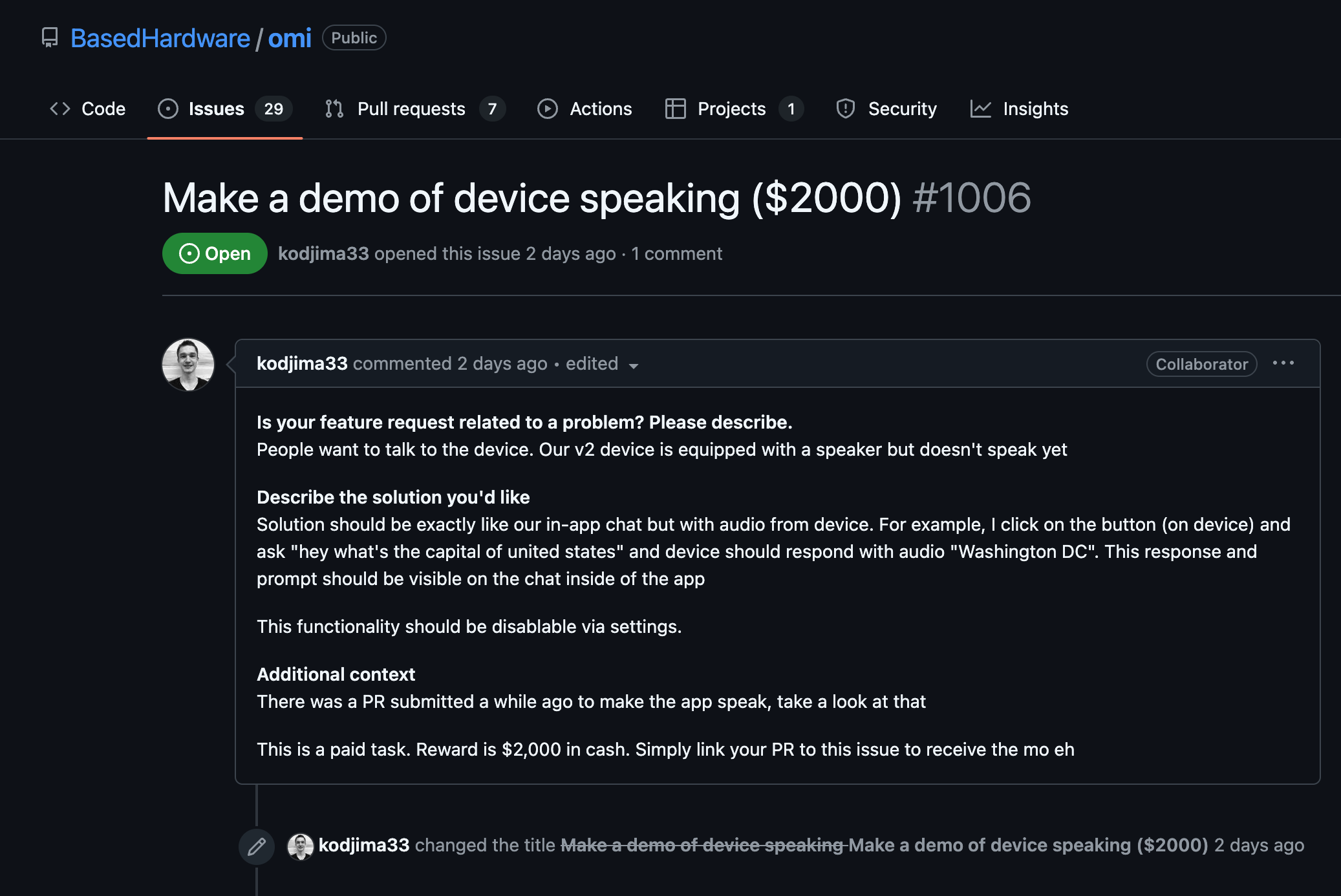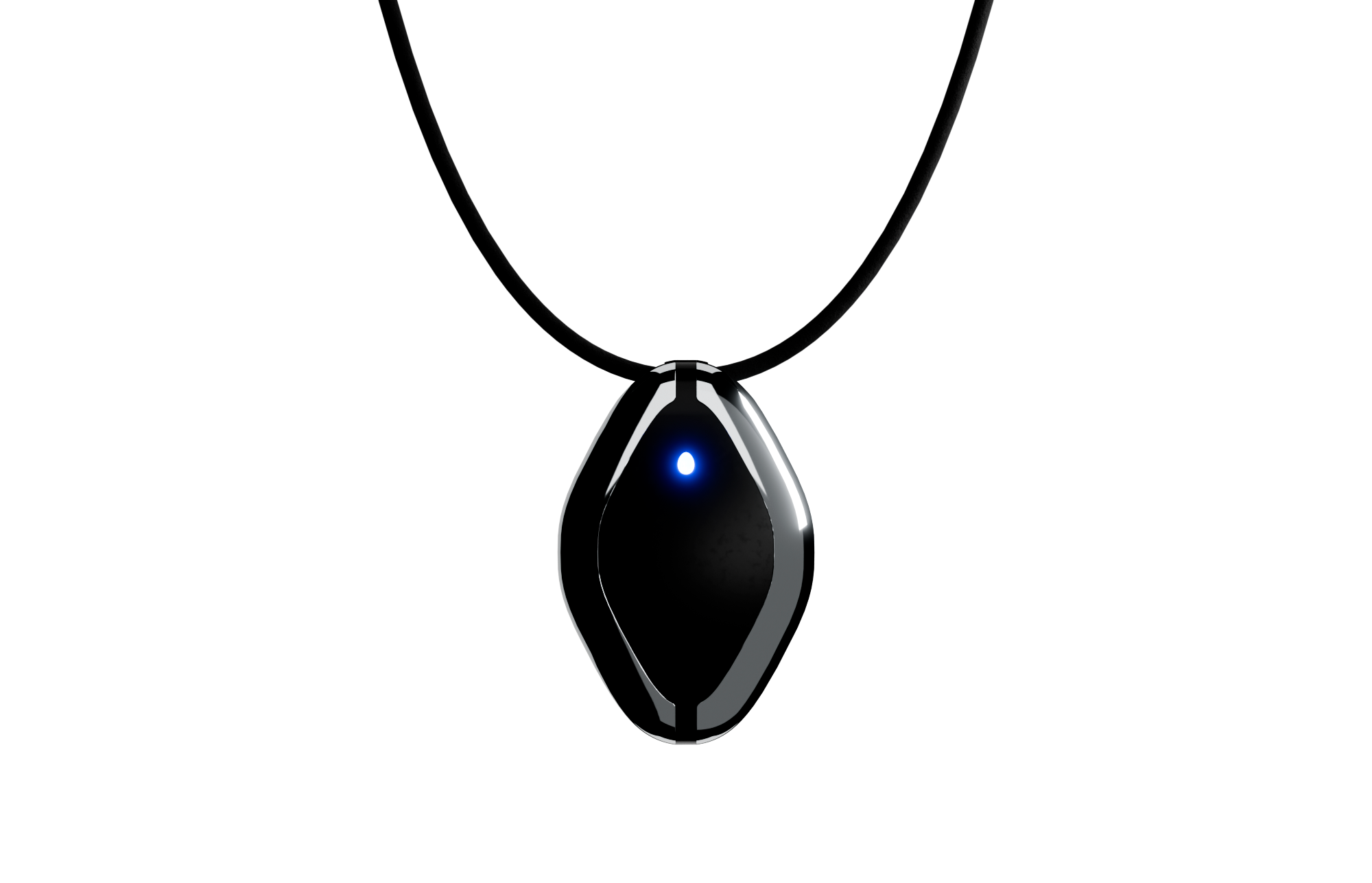Overview of Simulink
Simulink is a multifaceted tool part of the MATLAB environment, predominantly used for system modeling, simulation, and analysis. Recognized for its graphical interface, Simulink allows engineers to construct models intuitively through block diagrams, which can represent interconnected systems or algorithms. This functionality makes it invaluable for firmware engineers looking to simulate and validate embedded systems and control algorithms efficiently.
Key Features
- Graphical User Interface (GUI): The drag-and-drop interface simplifies building complex models without needing intricate coding, facilitating rapid prototyping.
- Library of Predefined Blocks: An extensive collection of blocks provides ready-to-use components for mathematical operations, signal processing, and control logic.
- Integration with MATLAB: Seamlessly integrates with MATLAB for personalized script execution, data import/export, and extending model functionality.
- Simulation Capabilities: Simulate dynamic systems in a time-efficient manner, supporting both continuous and discrete systems.
- Code Generation: Automatically generate C, C++, or HDL code ideal for embedded systems deployment.
Applications
- Control System Design: Build, test, and refine control logic for everything from consumer electronics to aerospace applications.
- Signal Processing: Model and analyze signal data, designing filters and transformations needed in communication systems.
- Systems Engineering: Conduct system-level simulations and analyses to predict system behavior and understand performance bottlenecks.
- Multi-Domain Modeling: Integrate mechanical, electrical, and other physical domains in a unified modeling environment.
Conclusion
Simulink is an indispensable tool for firmware engineers, bridging the gap between design and implementation through its high-level modeling capabilities, simulation prowess, and code generation features. The tool's ease of use paired with its extensive libraries and integration potential makes it a go-to choice for developing reliable and efficient embedded systems.
